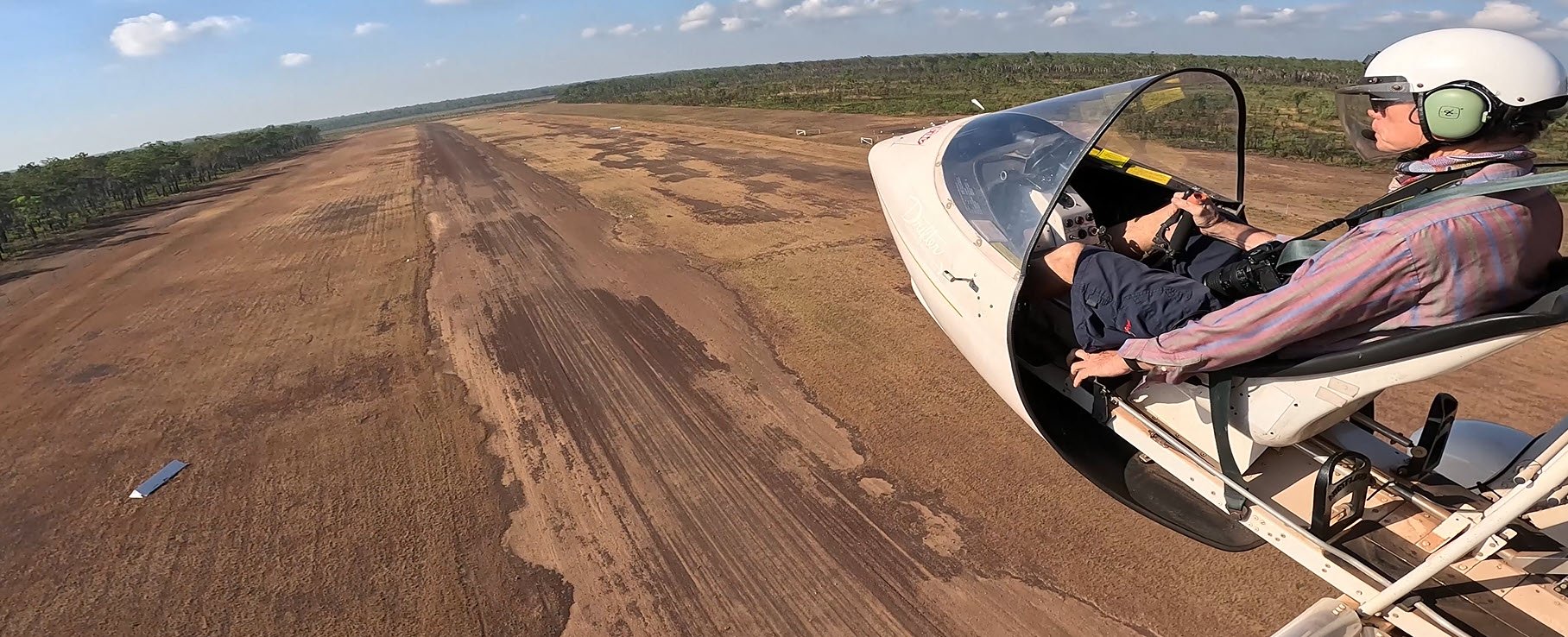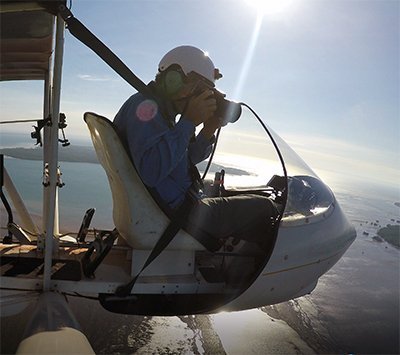Turquoise Blue Waters from 600ft

In the dry season, the waters surrounding Darwin turn into a turquoise blue. Although the horizon is hazy with the smoke from bushfires of this time of year, the waters change from an impenetrable jade green into a clear turquoise blue which allows me to see all manner of fish swimming below the surface.
During this time of year, turtles come to nest in various locations around Darwin. One of those locations is known as Bare Sand Island. Named for its lack of trees, this island or in particular the western beach of the island is a haven for turtles to come and nest.
This first video is a short flight over and around the island with a video of a large number of turtle tracks. I didn’t see any turtles but I certainly had seen where they had been. The population of turtles in Bynoe Harbour far exceeds that of the human population which as of 2016 was zero. I don’t want to dispute facts from the Australian Bureau of Statistics, however, I have seen a number of structures in and around Bynoe Harbour that don’t look like they were built for, or by turtles.
Bare Sand Island is one of the islands forming a spit that extends out north from Dundee Beach, or rather Point Patterson over several islands to Quail Island, which in years gone by was used as bombing practice by the Royal Australian Air Force. Craters are still evident as you fly over the small island.
This next video is a hybrid mix of footage taken from MKT airfield, followed by a takeoff from Delissaville heading west across Cox Peninsula and then north to Quail Island and down along the islands towards Dundee Beach. some grassland footage is inserted into the video from a super cool secret location that I like flying over. The video ends with a landing at MK T airfield.
Finally, this last video was taken at a place called Blue Holes. Located at the end of Gunn Point, it provides some stunning colour, especially when flying at low tide. This is one of my favourite places to fly over not only because of the colours of the water, but the variety of wildlife you see in the water, such as crocodiles, dugongs, stingrays, sharks, turtles and lots of large fish. It is naturally very difficult to get to by land and by boat because it is essentially surrounded by a shelf of rock. Within the blue hole itself, large numbers of fish can become trapped until the tide rises again. I have seen fish swimming perilously close to the mouth of the crocodile just resting on the lip of the blue hole.
so although the skies can be a little bit hazy during the dry season. The blue waters surrounding Darwin more than make up for this by providing a colourful spectacle. These videos were filmed and edited in June 2023.

One Response
Priest ..Wow spectacular